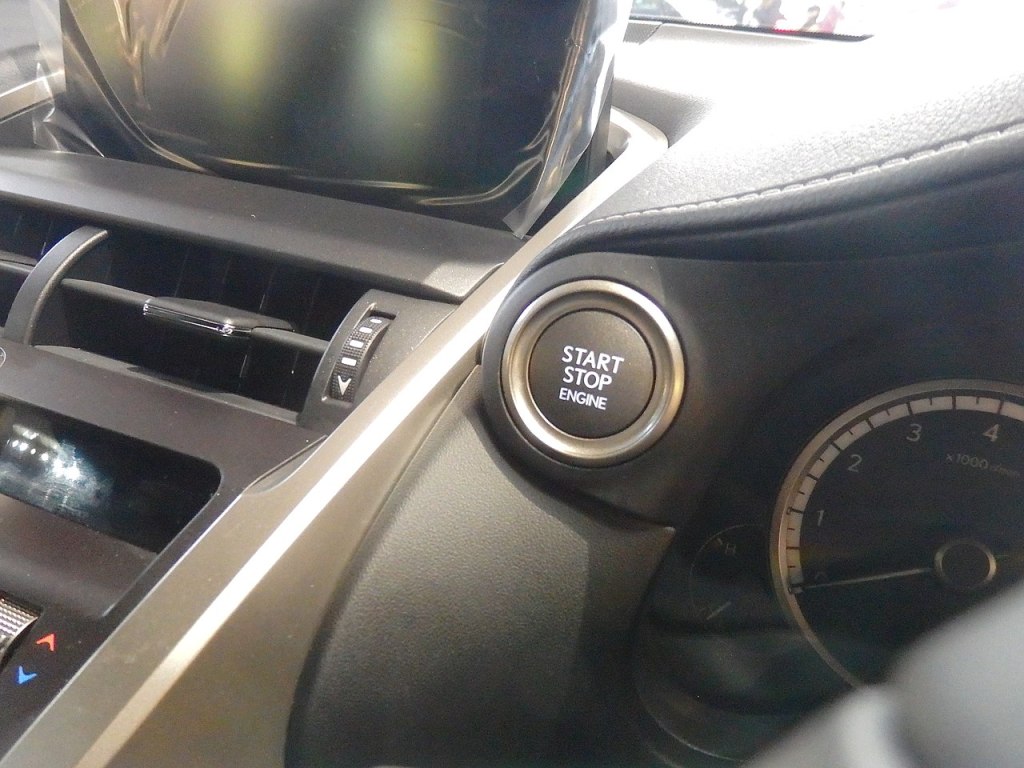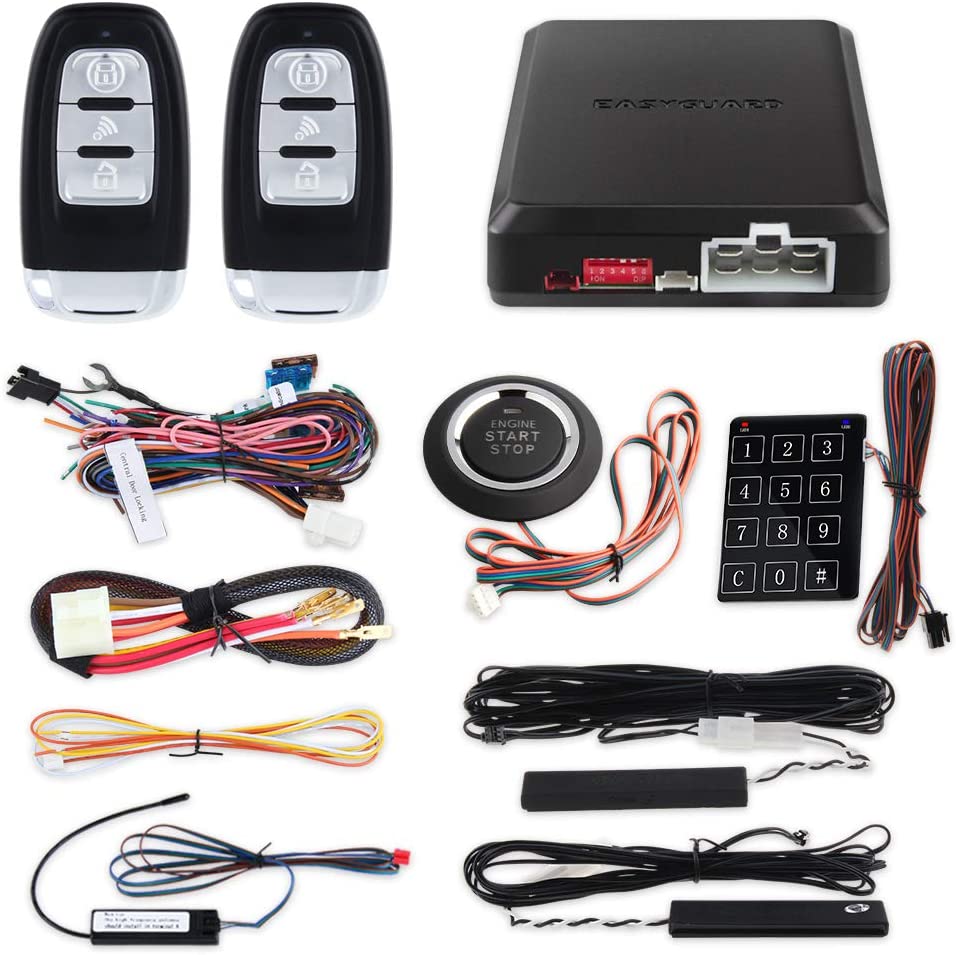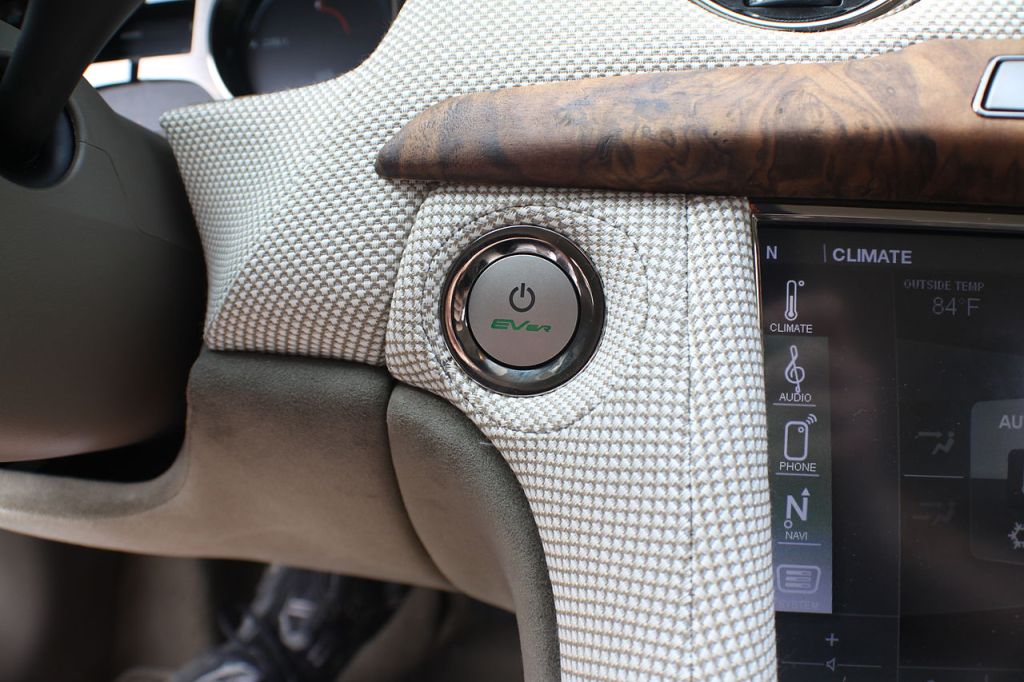Easy Way to Wire a Push Button Ignition and 3lrelay
Most new cars today come with a push-button start ignition, which completely replaces the need for turning a traditional key to start the car. A push-button start adds some convenience and security as the key fob needs to be inside the car in order for the driver to start it. But what if you want to install a push-button start ignition in an older car?
Why would you want a push-button start ignition in your car?

A push-button start will add some new technology to your aging vehicle. But above all else, it will also give you the convenience of leaving your key in your purse or pocket and not having to rummage through anything to find it. Instead by converting your car to a push-button ignition, you'll be able to start the vehicle as long as you're within certain proximity via a low-frequency transmitter.
How much does it cost to convert your car to a push-button start ignition?
Converting your older car to a push-button start ignition is relatively cheap if you do it yourself. According to Vehicle Jack, most push-button start kits currently in the market will cost anywhere from $25 to $150 depending on the type of kit you use. If you would rather have a professional install the kit for you, then you can expect to pay around $100 or more depending on the shop's labor rates.
Installing a push-button start kit

Installing a push-button starter is not too difficult as long as you have the proper tools. Be sure to follow the instructions that come with the kit as different kits will have different installation procedures. Most of the tools that you will need to install any kit will include:
- Multimeter
- Wire stripper
- Soldering Iron
- Electrical tape
- 10mm wrench
- Screwdriver
To install the actual kit, here is a list of the general steps that Vehicle Jack noted:
- Remove the steering column cover
- Use the multimeter to check the ignition harness voltage by putting the right pin on the harness and the left pin on a grounding point. Turn the key in the ignition to test the voltage.
- Mark all of the ignition wires that you'll need to work with using the supplied wiring diagram. Start the car and note the voltage on the multimeter.
- Disconnect the negative battery terminal using the 10mm wrench.
- Remove some of the insulation from the wires using the wire stripper.
- Use the instructions in the kit to locate and connect the corresponding wires from the kit to the ignition wires on the car.
- Locate the brake switch wire and connect the ring transponder to it to complete the connection.
- Connect both systems with the transponder.
- Be sure to check that the ignition system works as intended.
- Put the steering column cover and wires back in their places.
A push-button start system is convenient, but it has its disadvantages

While that process is relatively simple, if you're used to working with wiring, you must keep in mind that there are disadvantages to installing a push-button start in your car. First, if you lose the key fob, then you won't be able to get into the car and you'll need to seek professional assistance. Also, if the fob itself runs out of battery, then you'll need to get it replaced before you're able to start the car again.
If neither of these disadvantages is enough to deter you from setting up a push-button start system in your car, then you can enjoy the new technology that it brings. Also, you won't have to worry about fishing for your car key in a purse or pocket any more.
RELATED: What Does the 'Brake Hold' Button Do in a Car?
Source: https://www.motorbiscuit.com/install-push-button-start-ignition-older-car/
0 Response to "Easy Way to Wire a Push Button Ignition and 3lrelay"
Post a Comment